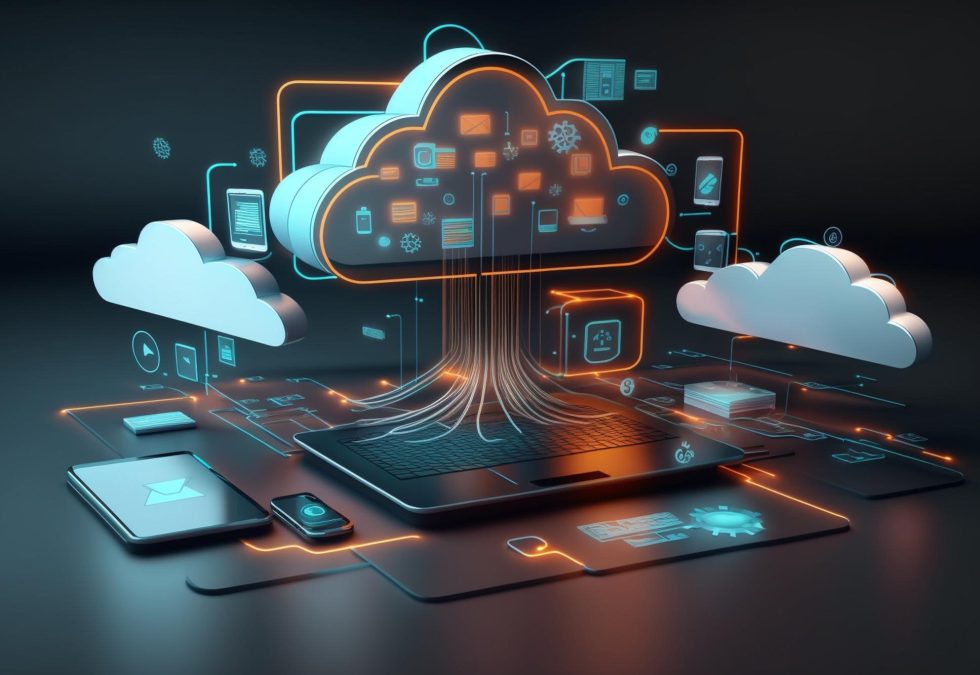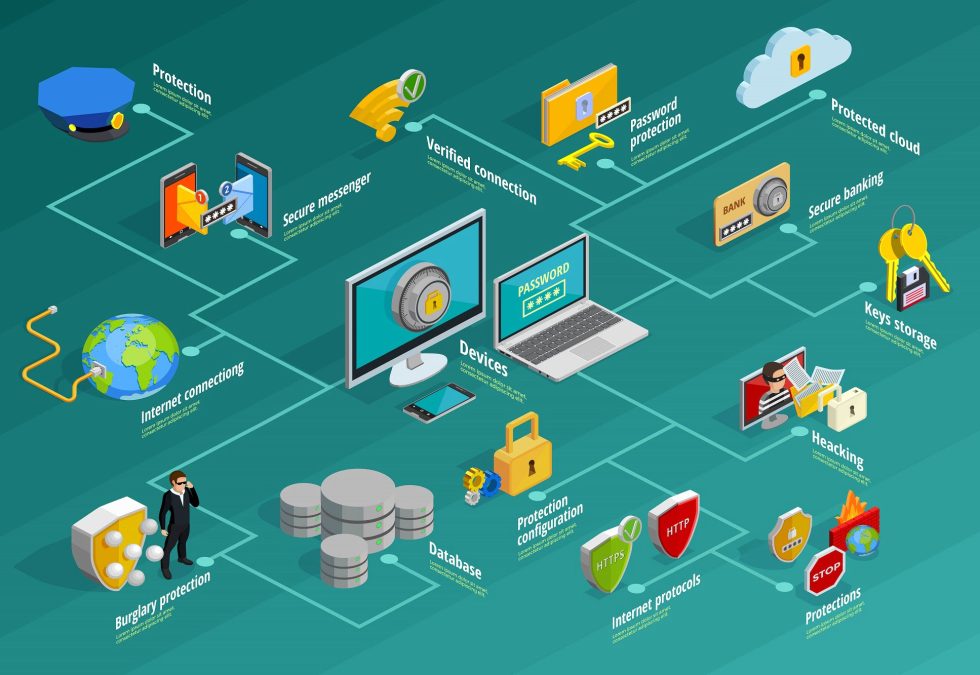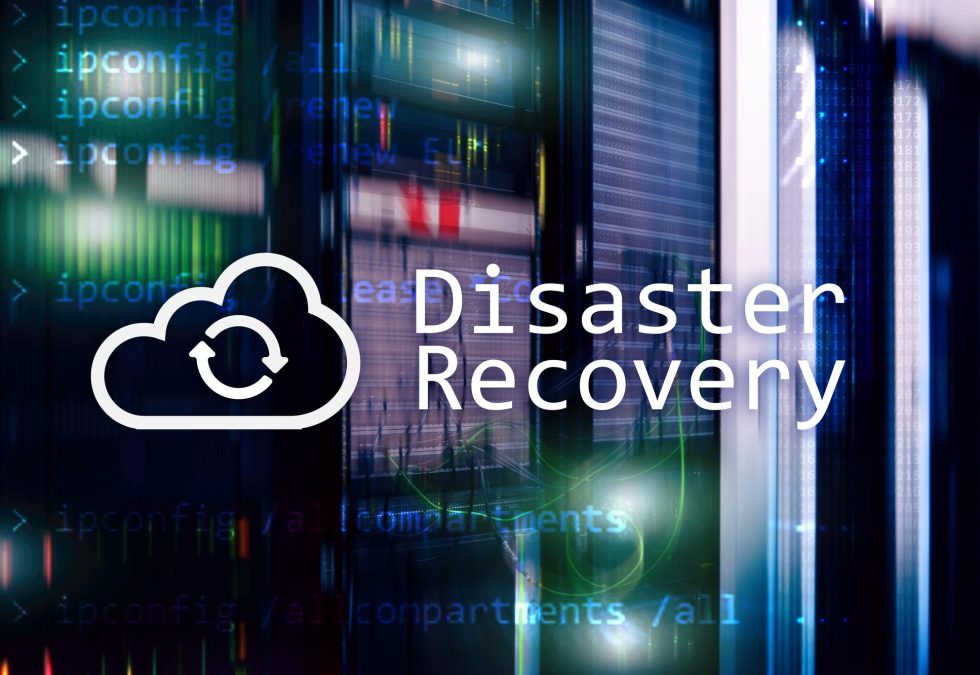Wired and Wireless Network Systems:,
Differences and Functions:
Hello! Today, I would like to explain the differences between wired and wireless network systems and why these systems are so important in the world of information technology.
Wired Network Systems,
Wired network systems use physical cables to transmit data. Cables like Ethernet cables are used for data transmission. Here are the advantages and functions of wired networks:
Speed and Reliability: Wired networks typically offer higher speeds and greater reliability. This is crucial for applications requiring rapid file transfers or stable internet connections for business purposes.
Enhanced Security: Wired networks are generally considered more secure than wireless networks due to the physical connection of data.
Low Latency: Wired connections provide low latency, which is ideal for latency-sensitive applications such as live video streaming or online gaming.
Wireless Network Systems
Wireless network systems transmit data through radio waves and do not require physical cables. Here are the advantages and functions of wireless networks:
Mobility and Flexibility: Wireless networks allow devices to move and connect from anywhere, making them perfect for portability and remote access.
Ease of Installation: Wireless networks eliminate the need for physical cable installations, making setup faster and simpler.
Easy Sharing: Wireless networks enable devices to easily share data, facilitating collaboration and data sharing.
Choosing the Right Network
When choosing between wired and wireless network systems, it’s essential to consider your needs and usage scenario. If you require large data transfers and high-speed connections, wired networks may be more suitable. However, if mobility and flexibility are a priority, wireless networks might be the better choice.
In conclusion, wired and wireless network systems are critical components in the world of information technology, addressing various needs and providing efficient communication and data sharing experiences for both businesses and individuals.









